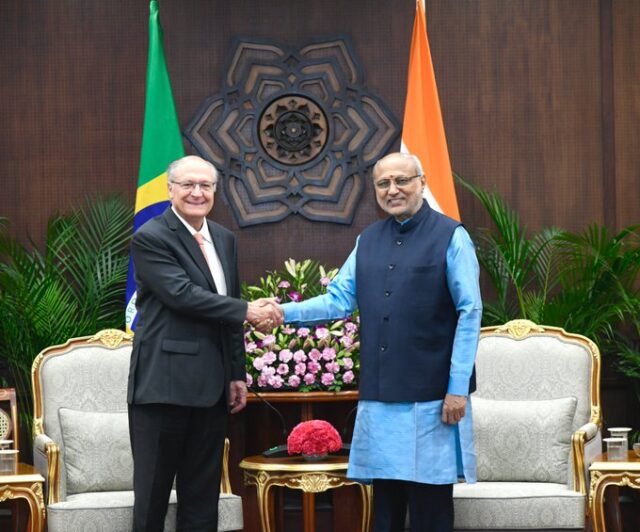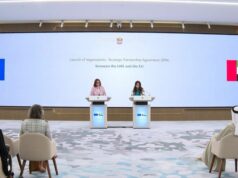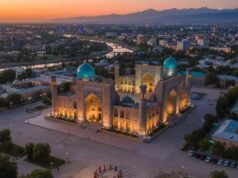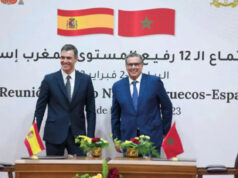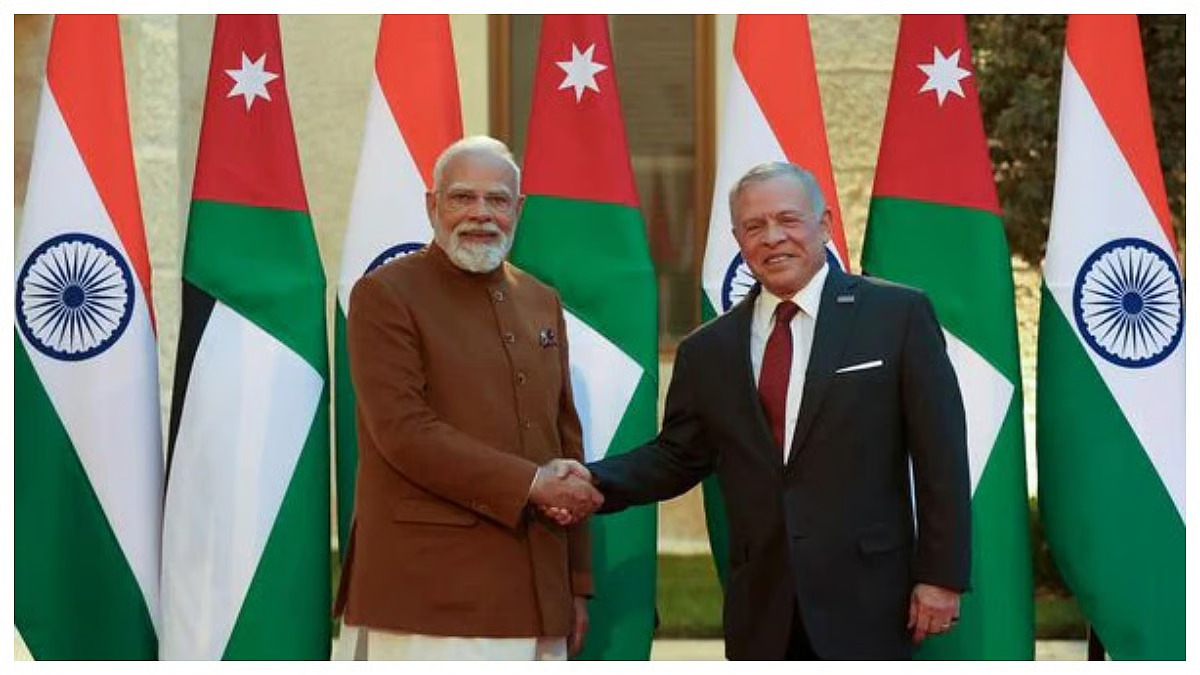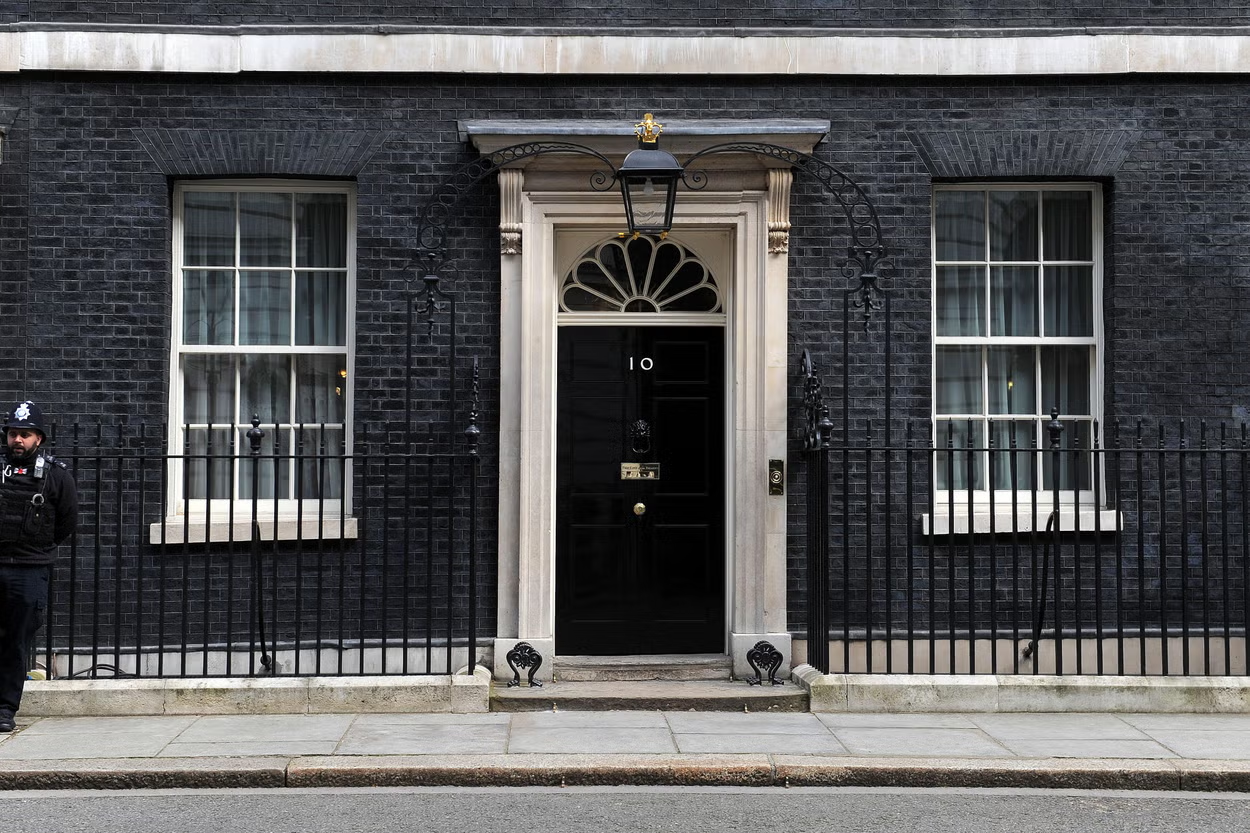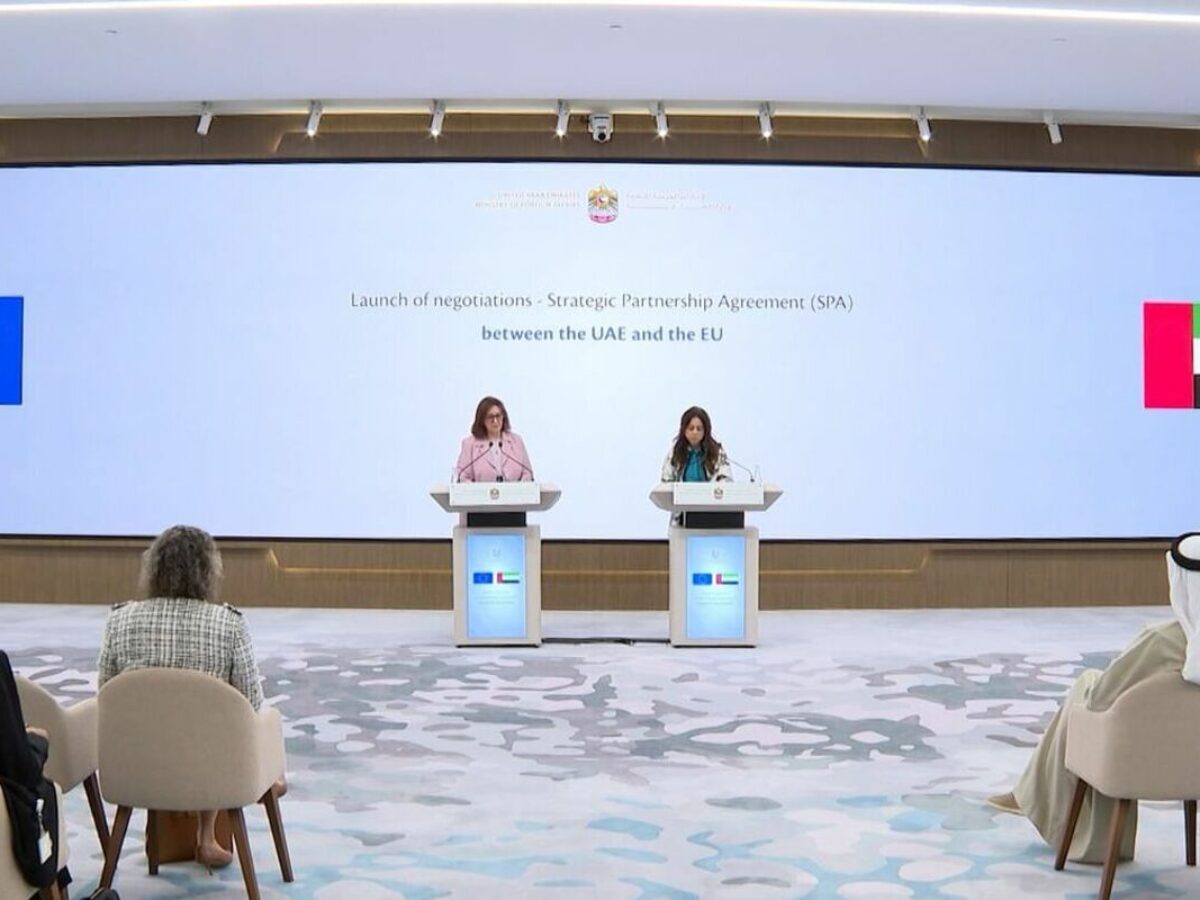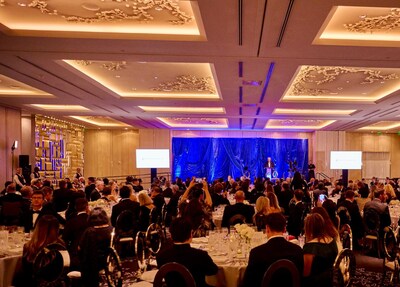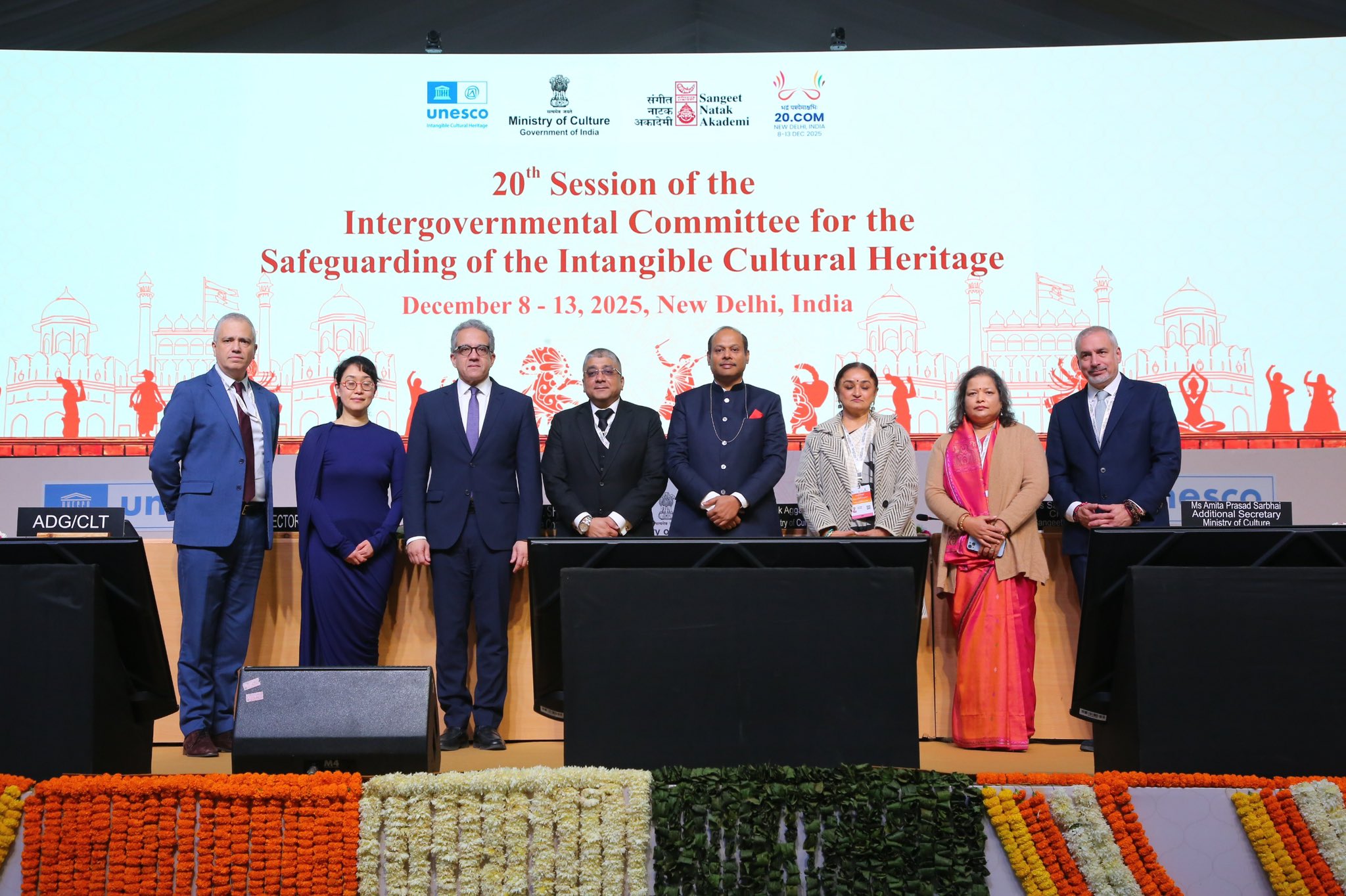India and Brazil, two of the world’s leading emerging economies and key voices of the Global South, are moving to deepen their political and economic partnership as both nations navigate an era of shifting global alignments and mounting protectionist pressures. The latest sign of this growing engagement came during the three-day visit of Brazilian Vice-President Geraldo Alckmin to India from 15 to 17 October. His trip, which followed Prime Minister Narendra Modi’s participation in the July BRICS summit in Rio de Janeiro, underlined the renewed momentum in bilateral ties. In Brazil, Modi had held a separate meeting with President Luiz Inácio Lula da Silva in Brasília, setting the stage for a new phase of cooperation.
In New Delhi, Mr Alckmin met Vice-President C.P. Radhakrishnan, Defence Minister Rajnath Singh, External Affairs Minister Dr S. Jaishankar, and Petroleum Minister Hardeep Singh Puri. Discussions spanned a wide spectrum, including energy, trade, investment, healthcare, and agriculture. Brazil has invited Indian firms to take part in its forthcoming oil-block auctions, which are expected to open next year in the Campos and Santos basins. Reports suggest that six blocks are likely to be released initially, with a further 18 under consideration.
“We have invited Indian oil companies to participate in these auctions,” Mr Alckmin said, confirming that Petrobras had signed a new supply contract with India’s state-owned Hindustan Petroleum Corporation Ltd (HPCL) for up to six million barrels of crude over the coming year. Petrobras is also supplying oil to Bharat Petroleum Corporation Ltd and Indian Oil Corporation, with more than 20 million barrels already exported to India in the past two years. “This is a two-way partnership,” Mr Alckmin emphasised. “We sell oil to India, and we buy refined fuel from India.” Brazil continues to import significant quantities of diesel from Indian refiners.
The energy cooperation takes place against a complicated backdrop. India’s large-scale purchase of discounted Russian crude has long been a point of friction with U.S. President Donald Trump, who has repeatedly accused New Delhi of indirectly financing Moscow’s war effort in Ukraine. While Washington has pressed India to cut Russian imports and increase purchases of U.S. crude, New Delhi insists its energy policy is guided solely by “the interests of the Indian consumer in a volatile energy scenario.” Whether India’s growing engagement with Brazil — another target of Mr Trump’s trade ire — will ease tensions or further provoke the U.S. administration remains uncertain. The American President has criticised the BRICS bloc as “anti-dollar” and “anti-U.S.”, threatening additional tariffs to discourage other nations from joining.
BRICS, originally comprising Brazil, Russia, India, China and South Africa, has recently expanded to include Egypt, Ethiopia, Iran, the United Arab Emirates and, most recently, Indonesia. Several other nations, including Malaysia, Nigeria, Thailand and Vietnam, are awaiting full membership. India is due to assume the grouping’s rotating presidency in 2026. Despite U.S. criticism, the economic stakes remain significant. The United States is a major market for both partners — accounting for nearly one-fifth of India’s exports and around 12 per cent of Brazil’s.
Beyond energy, the Alckmin visit produced several tangible outcomes. Building on the Modi–Lula joint statement in July, which warned of a “challenging global scenario marked by growing protectionism,” both sides reiterated their commitment to expand trade and investment ties. They identified new areas for collaboration in pharmaceuticals, defence production, mining, and the oil and gas sector. In a bid to reinforce this momentum, India and Brazil agreed to broaden the scope of the preferential trade agreement between New Delhi and the Mercosur bloc — which also includes Argentina, Uruguay and Paraguay. Following talks between Mr Alckmin and Commerce and Industry Minister Piyush Goyal, the two sides decided to establish a technical dialogue framework aimed at concluding negotiations within a year.
Brazil is already India’s largest trading partner in South America, with bilateral trade reaching $12 billion in 2024. Both governments have now set a target of $20 billion by 2030. Defence cooperation, too, is gaining traction. Brazilian aerospace company Embraer has signed a partnership with India’s Mahindra Group to promote the C-390 Millennium military transport aircraft for the Indian Air Force, part of its ongoing modernisation drive. The agreement also aims to develop India as a hub for the aircraft’s production and support ecosystem.
India, meanwhile, has offered its indigenously developed Akash surface-to-air missile system to Brazil — a versatile platform capable of engaging multiple targets simultaneously. The missile has seen recent operational use, including during the brief India-Pakistan conflict in May, where it played a key defensive role alongside the Russian-made S-400 system.
With the groundwork laid by Mr Modi’s Brazil visit and the expectation of a state visit by President Lula to India in early 2026, ties between the two nations appear to be entering a new chapter. Direct flights between the two countries are under discussion, which officials say could help overcome long-standing logistical challenges and inject new vitality into exchanges. India and Brazil occupy parallel positions as regional powerhouses in Asia and South America. Both belong to several key multilateral platforms — including BRICS, the G20, IBSA (India-Brazil-South Africa), and the G4 grouping with Germany and Japan, which seeks reform of the United Nations Security Council.
For now, the challenge will be to sustain the diplomatic and commercial momentum generated in recent months. As global trade patterns continue to shift and geopolitical tensions deepen, New Delhi and Brasília appear determined to chart their own path — one defined by mutual growth, strategic balance, and a shared aspiration for greater representation in global decision-making.

